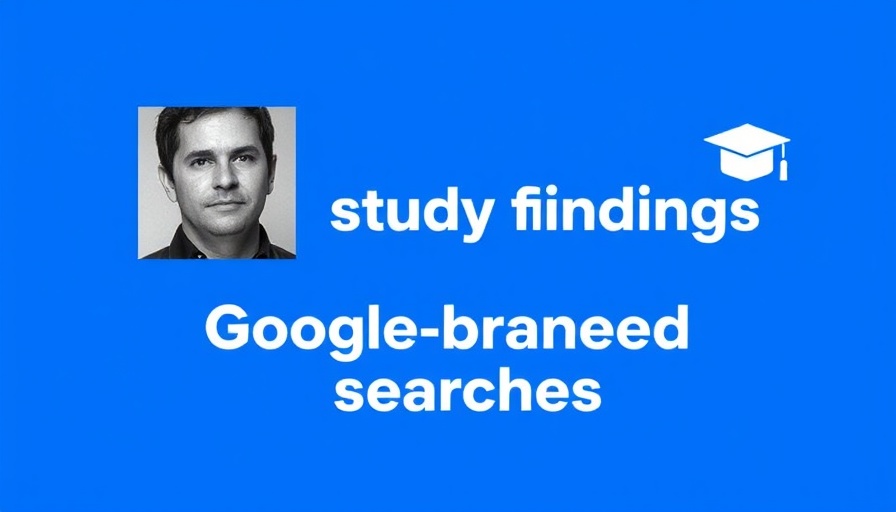
Understanding Google’s Image SEO Best Practices
Small business owners and digital marketers alike need to keep up with Google's evolving best practices, especially when it comes to search engine optimization (SEO) for images. Recently, Google clarified an important aspect of its guidelines: avoid using different URLs for the same image. This recommendation aims to streamline website performance and improve the crawling efficiency of search engines.
The Impact of URL Management on Crawl Budget
Google emphasized that when an image is referenced on multiple pages, it is crucial to maintain a consistent URL format. This change is significant for larger websites that need to manage their "crawl budget" effectively. By using the same URL for the same image throughout your site, you ensure that Google can cache and reuse that image without repeatedly requesting it. This not only saves bandwidth but also optimizes page loading times, which is a critical factor in user experience and overall SEO ranking.
Avoid Confusion: Lessons From Image File Management
Many content management systems (CMS) make it easy to upload the same image under different file names, often muddling your site’s image architecture. This practice can confuse search engines, resulting in duplicated content issues that may impair visibility. For small businesses that depend heavily on online presence, avoiding such pitfalls can be pivotal for maintaining a competitive edge in search rankings.
Why Translate Images with the Same URL?
Another important point from Google’s update is their advice against renaming images simply to adapt to different languages. Many small businesses might argue that translating images enhances user experience for diverse audiences. However, maintaining the original URL across various versions of the same image is recommended to avoid unnecessary clutter and to keep the site organized.
Power of AI in Managing Image SEO
As businesses look for innovative solutions, leveraging AI in managing images becomes increasingly viable. AI-driven tools can automatically optimize image URLs, ensuring a seamless experience for both the business and its visitors. By utilizing these advanced technologies, marketers can enhance their strategies while minimizing manual efforts. Furthermore, they can track image performance metrics that can inform broader content strategies.
Common Misconceptions About Image URLs
One prevalent myth is that renaming images enhances their SEO. In reality, Google's algorithms prioritize user experience over creative naming conventions. Small business owners must understand that it's the overall site structure, and notably a consistent URL strategy, that truly matters in maintaining high SEO standings.
Practical Steps to Streamline Image Management
To assist small business owners in adapting to Google's clarified guidelines, follow these practical steps: 1. Ensure consistent URL usage for images throughout your website. 2. Implement AI tools that aid in image SEO management to enhance efficiency and decrease labor hours. 3. Educate your team on the importance of maintaining a clean URL structure to avoid the pitfalls of unnecessary duplications.
In summary, understanding Google’s updated image best practices is essential for small businesses and marketers aiming for optimized online visibility. Applying a coherent image URL strategy will not only ease Google's crawling processes but also streamline overall site management. By embracing AI solutions and leveraging human-centered design in digital strategies, small businesses can significantly enhance their marketing efficacy. For further insights and tips on mastering digital marketing trends, click here.
 Add Row
Add Row  Add
Add 




 Add Row
Add Row  Add
Add 

Write A Comment